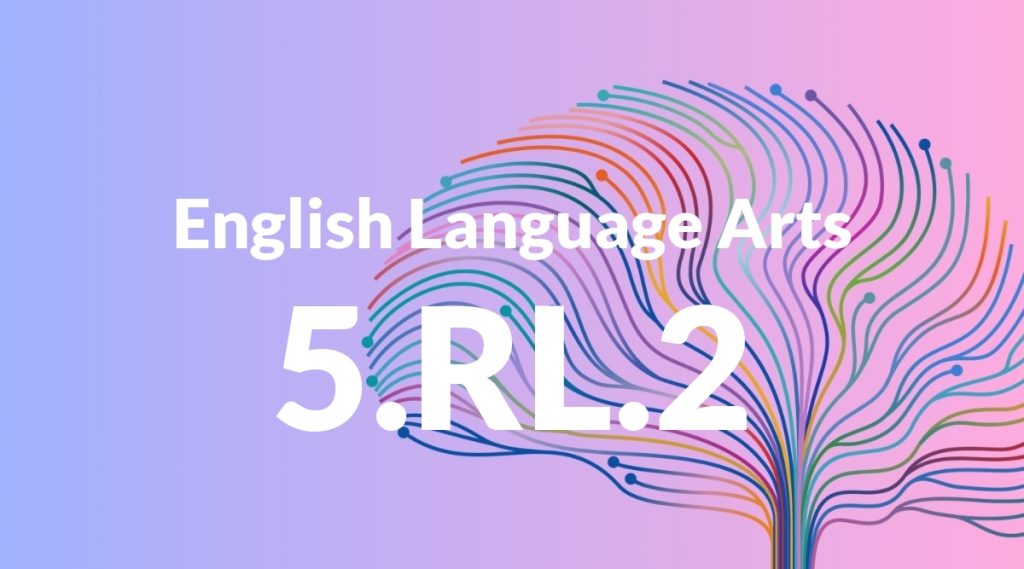Standard: 5.RL.2 – Determine a theme of a story, drama, or poem from details in the text, including how characters in a story or drama respond to challenges or how the speaker in a poem reflects upon a topic; summarize the text.
Grade level: Grade 5
Subject: English Language Arts
Domain: Reading: Literature
Teacher Overview
This standard focuses on helping students identify and analyze the theme of a story, drama, or poem. Understanding themes is crucial as it allows students to grasp deeper meanings in literature and connect them to real-world experiences. This standard also emphasizes summarizing texts, which is a vital skill for comprehension and communication. Students should already understand basic story elements and be able to identify the main idea and supporting details in a text.
Once students master this standard, they will be able to compare and contrast themes in different texts and analyze how themes are developed throughout a text.
Common Misconception 1
A common misconception is that the theme of a text is the same as its main idea or summary. This is incorrect because the theme is the underlying message or lesson, while the main idea is what the text is mostly about.
Intervention 1
To address this misconception, use graphic organizers that separate theme, main idea, and summary. Provide examples and practice exercises.
Common Misconception 2
Another common misconception is that a theme can be expressed in a single word. However, a theme is a complete idea or message, not just a topic.
Intervention 2
Encourage students to write themes as full sentences and provide examples from various texts to illustrate this concept.
Prerequisite Knowledge
Students should be familiar with basic story elements such as plot, character, and setting. They should also have practice identifying the main idea and supporting details in a text.
Subsequent Knowledge
After mastering this standard, students will be able to compare and contrast themes across different texts and analyze how themes are developed over the course of a text.
Instructional Activities
- Theme identification exercises using short stories.
- Group discussions on the themes of assigned readings.
- Summarizing texts in a few sentences.
- Creating theme-based art projects.
- Writing essays that analyze the theme of a text.




